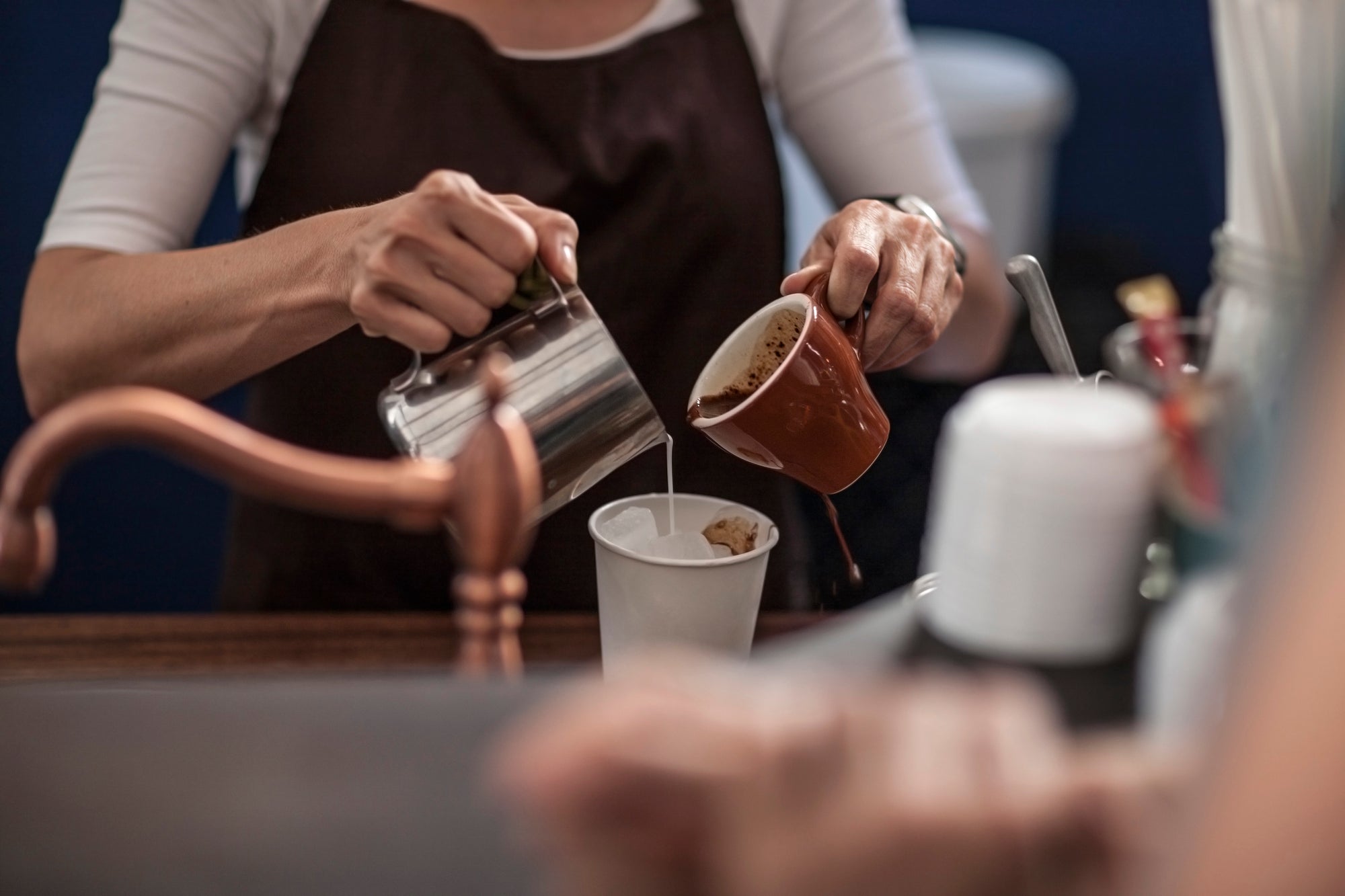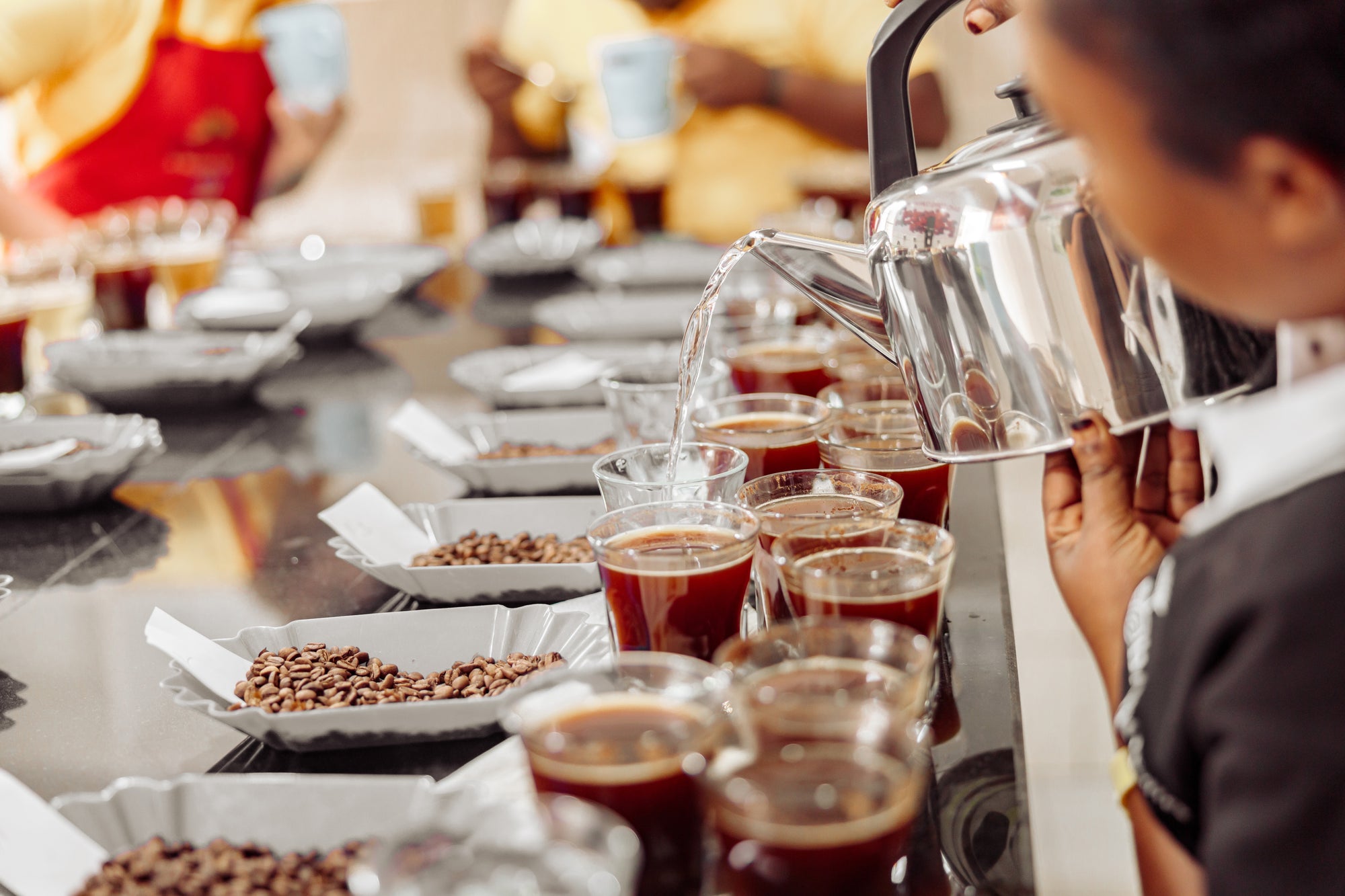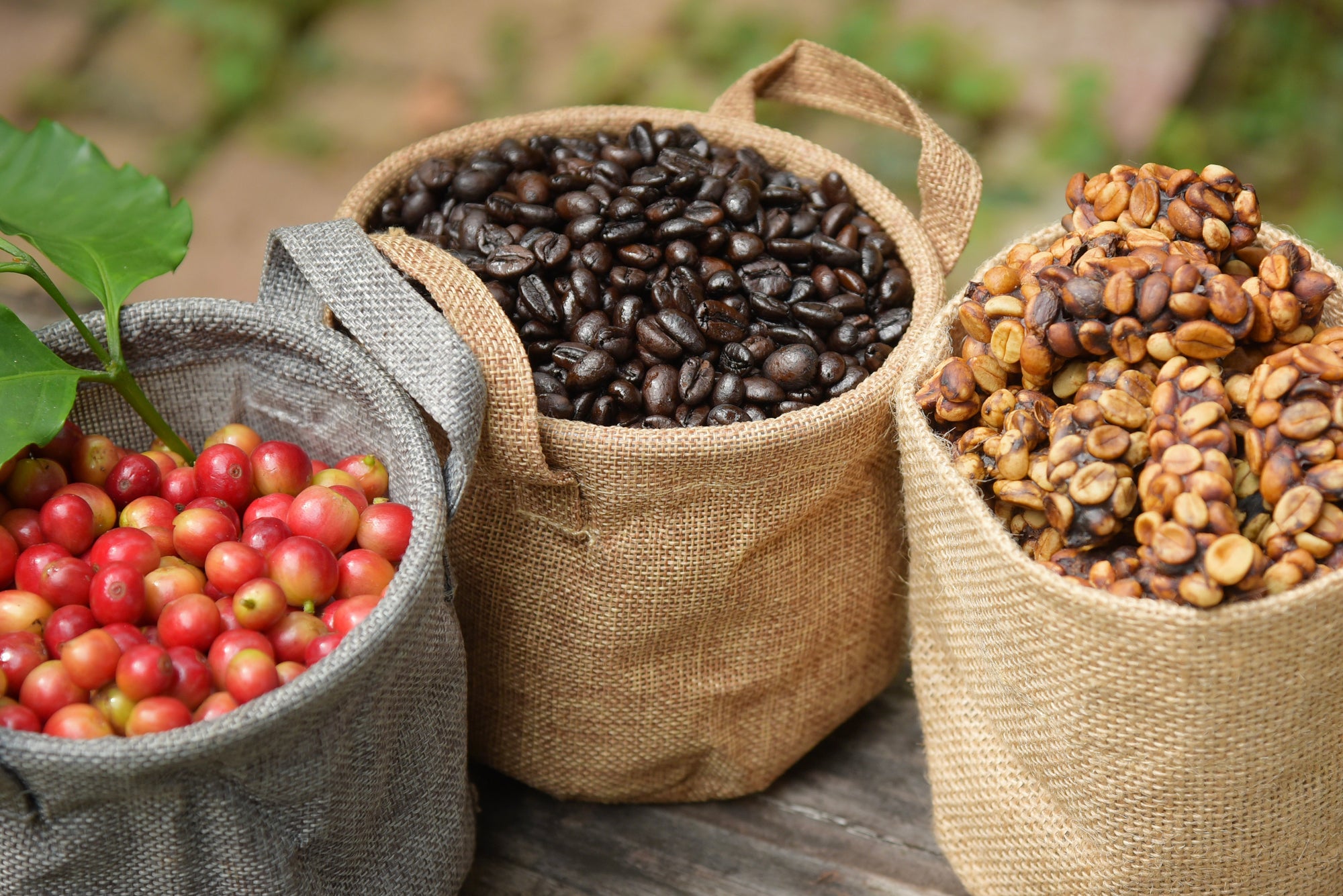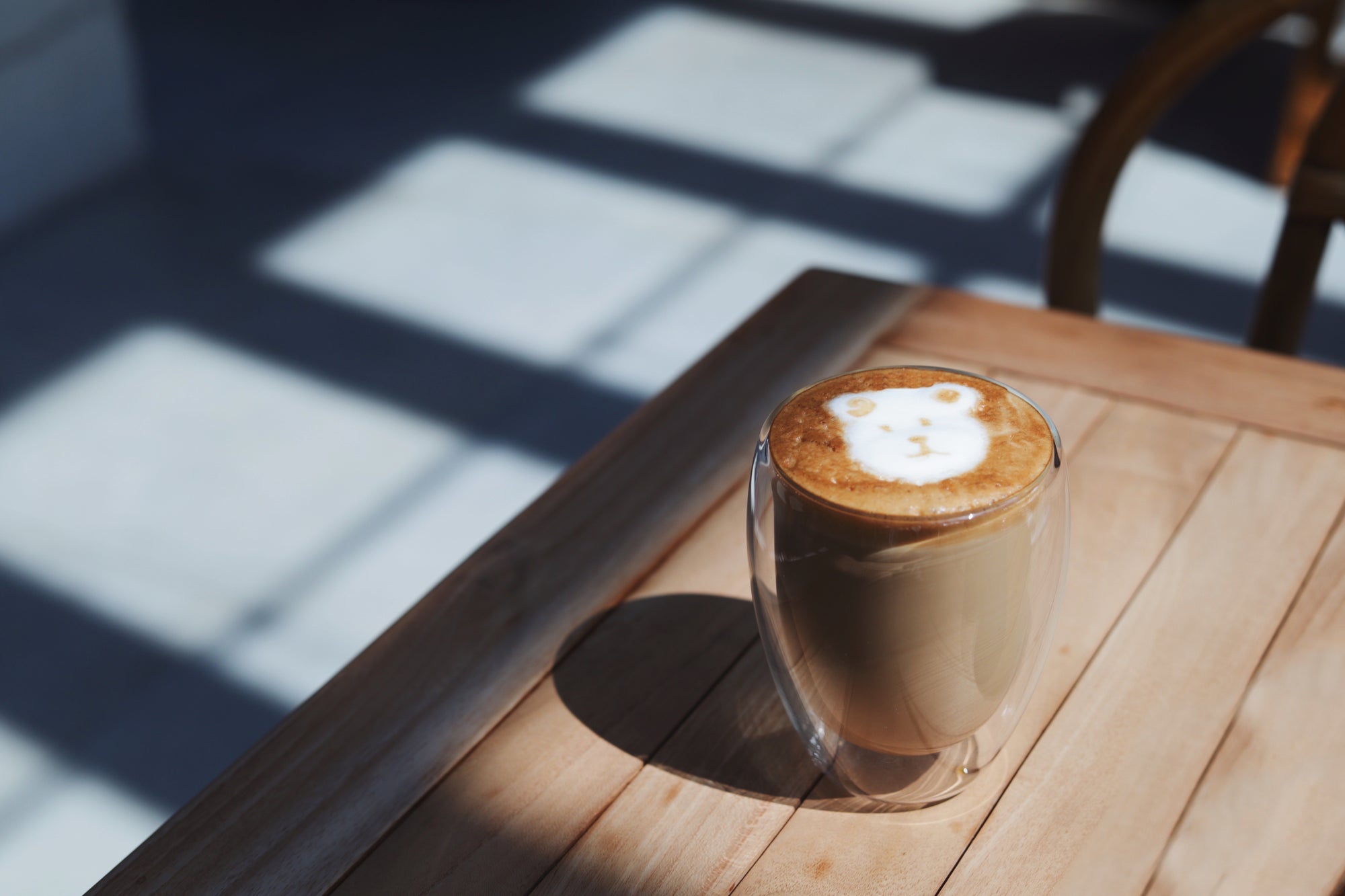Coffee 101

Coffee 101
Enjoy brewing coffee with our basic guide—from French press to pour-over to espresso. Discover a variety of coffees from various regions in Indonesia, including bean types, flavor characteristics, and health facts.
Introduction to Indonesian Coffee Culture
Welcome to the world of Indonesian coffee with KOPI.ID.
Indonesia's coffee culture is as rich and diverse as the Indonesian archipelago—from the volcanic slopes of Sumatra to the ancient coffee plantations of Java. Each region brings unique flavors and traditions that shape the identity of Indonesian coffee.
For Indonesians, coffee isn't just a morning drink; it's a way of life. It's present in warm conversations at busy roadside stalls, and even in quiet mornings in the village.
One popular traditional brewing method is kopi tubruk, where coarse coffee grounds are boiled with sugar, resulting in a strong, sweet cup of coffee that reflects typical Indonesian hospitality.
This communal approach to coffee, combined with diverse cultivation methods across regions, demonstrates the nation's deep connection to coffee. To this day, Indonesia continues to be one of the world's leading coffee producers, exerting its influence on the global stage.
KOPI.ID | Fine Indonesian Coffee

Mastering Coffee Brewing Methods
Coffee Basics: Beans, Grinds, and Roast Levels
Indonesia is one of the world's largest coffee producers, boasting a variety of unique varieties found nowhere else. Each region has its own unique characteristics, influenced by climate, altitude, soil, and traditional processing methods.
At KOPI.ID, we invite you to explore the world of Indonesian coffee — from the bean, to the grind, to the roast — through easy-to-understand visual content and articles.

The Amazing World of Indonesian Coffee
Coffee Myths and Facts
Many people assume dark roasted coffee is stronger because of its rich color. In fact, its caffeine content is slightly lower than light roasted coffee. The longer roasting process causes the beans to lose water, mass, and some caffeine due to heat exposure. Therefore, light roasted coffee typically has a higher caffeine content.
Espresso isn't a specific type of coffee bean, but rather a brewing method. Almost any type of coffee bean can be used, as long as it's ground finely enough. The differences between espresso and espresso lie in the grind size, brewing time, and high pressure during extraction—which produces a strong, strong espresso-like flavor.
Caffeine does have a mild diuretic effect, but drinking coffee in moderation won't dehydrate you. Research shows that coffee still contributes to your daily fluid needs, just like other beverages. However, coffee shouldn't replace water; it should complement your fluid intake, not replace it.
Understanding the Impact of Coffee on Health
Coffee isn't just about caffeine and deliciousness—it also offers numerous health benefits that are increasingly supported by scientific research. Regular coffee consumption is linked to a reduced risk of various diseases, such as Alzheimer's, Parkinson's, type 2 diabetes, and some cancers. These protective effects are primarily due to coffee's high antioxidant content, which helps fight cell damage and reduce inflammation.
However, coffee should still be enjoyed in moderation. Excessive consumption can cause sleep disturbances and anxiety. Most studies recommend 3–4 cups per day as the ideal amount to maximize health benefits while minimizing side effects. This way, coffee lovers can make smart choices about their daily intake.










